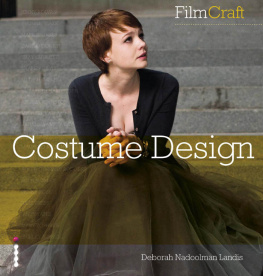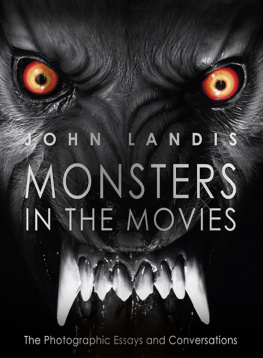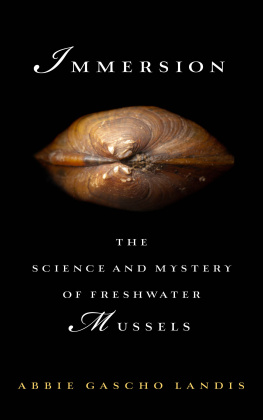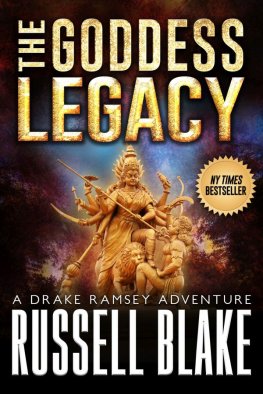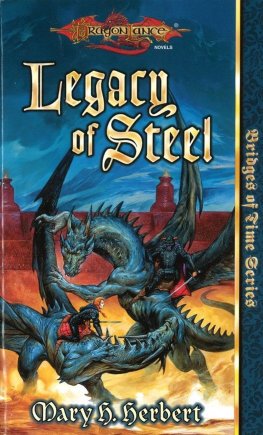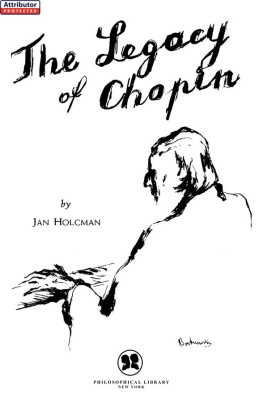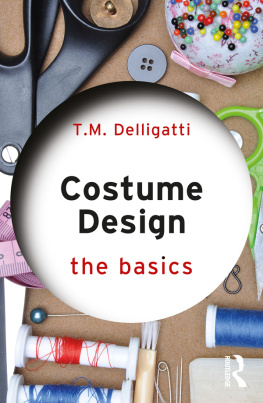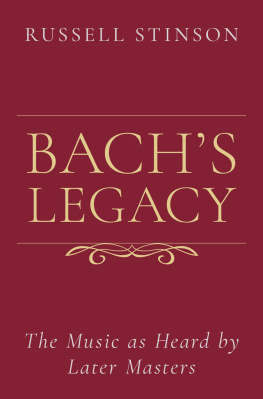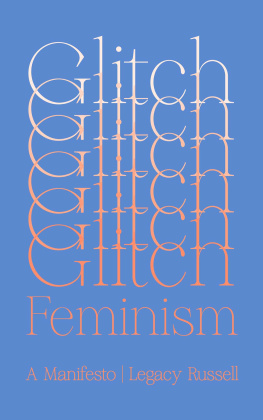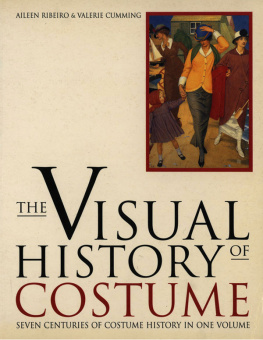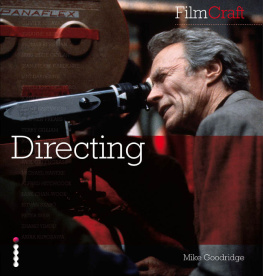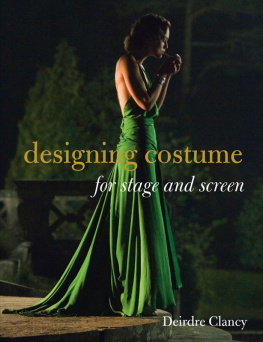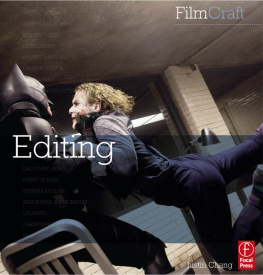
Film Craft

Costume Design
Deborah Nadoolman Landis
ILEX
First published in the UK in 2012 by
ILEX
210 High Street
Lewes
East Sussex BN7 2NS
www.ilex-press.com
Copyright 2012 The Ilex Press Limited
Publisher: Alastair Campbell
Associate Publisher: Adam Juniper
Managing Editors: Natalia Price-Cabrera & Zara Larcombe
Editor: Tara Gallagher
Specialist Editor: Frank Gallaugher
Creative Director: James Hollywell
Senior Designer: Kate Haynes
Designer: Grade Design
Digital Assistant: Emily Owen
Picture Manager: Katie Greenwood
Colour Origination: Ivy Press Reprographics
Any copy of this book issued by the publisher is sold subject to the condition that it shall not by way of trade or otherwise be lent, resold, hired out or otherwise circulated without the publishers prior consent in any form of binding or cover other than that in which it is published and without a similar condition including these words being imposed on a subsequent purchaser.
Digital ISBN: 978-1-908150-84-4
All rights reserved. No part of this publication may be reproduced or used in any form, or by any means graphic, electronic or mechanical, including photocopying, recording or information storage-and-retrieval systems without the prior permission of the publisher.


Table of Contents
Introduction
I am delighted to be the editor of FilmCraft: Costume Design and to have the opportunity to introduce some of todays most gifted designers to you. With the exception of the Legacy chapters, the costume designers profiled here are all working professionals. Most were actively involved in a current production when I contacted them to be interviewed. Although they struggled to schedule a time to talk, each generously shared their personal history, their war stories and their design philosophy. The artwork in FilmCraft: Costume Design was loaned from the designers personal portfolios, most drawings are published here for the very first time.
The role of the costume designer is really quite simple: costume designers design the people in the movie. Our contribution to the story is more profound than providing the clothes for a production. The word costume works against us. The word is vulgar when what we do is incredibly refined. Costume is invariably associated with Halloween, fancy dress, parade, theme park, Mardi Gras, carnival, and the clothes in fantasy and period films. To costume designers, a costume picture means nothing more than our next project. Adding to the confusion by the industry and the public about our role is an uncertainty about the fundamental purpose of costume design. Film costuming serves two equal purposes: the first is to support the narrative by creating authentic characters (people); and the second is composition, to provide balance within the frame by using color, texture, and silhouette.
In addition to the creation of the authentic people in the movie, costume designers also help paint each frame of film. If the dialogue is the melody of a movie, the color provides the harmony, a satisfying visual cohesiveness or style. Its imperative for the designers on a film to have a strong reference point from which to create a style. Beyond the panniers of Marie Antoinette and the exaggerations of any period silhouette, every costume adds texture and color to a scene. The choices for a designer abound. In fact, designers complain that contemporary costuming presents too many choices. Some designers prefer the stark simplicity of the flat planes of solid color fabric, while others prefer using multiple patterns and find it the key to layering character. Designers may alter their approach with the feel of the project and make adjustments to accommodate the style of the director. The modern hoodie sweatshirt, like Eddie Murphys red hoodie in my design for Trading Places (1983), Mark Bridges gray hoodie for Eminem in 8 Mile (2002), and Michael Kaplans black hoodie for Tom Cruise in Mission: ImpossibleGhost Protocol (2011) is the contemporary answer to the hip mans hat and jacket. Framing the face and focusing our attention to an actors most important featurehis eyeshoodies underscore their dialogue. Color is a powerful tool that directors and costume designers leverage to support the narrative and create a unified fictional space. Color telegraphs emotion in a scene to the audience as quickly as the musical score. And a costume has to movedesigners work in a kinetic art.
A successful costume must be subsumed by the story and be woven seamlessly into the narrative and visual tapestry of the movie. Aggie Guerard Rodgers put it this way: I want the clothes to not get in the way of the writers words. Even in the Hollywood style of the 1930s, which was considered realistic by the 1920s standards, motion pictures could not survive one glamorous entrance after another. Movies are not fashion shows that runway models perform with a blank stare; there is a reason that they are called mannequins. They are the human hangers for a fashion designers imagination. Costumes, like the characters they embody, must evolve within the context of the story and the arc of the character within it. Hollywood has suffered through the poor choice of spectacle over story again and again. From the early epics, which were top-heavy with gaudy sets and bejeweled extras, to todays super-hero special effects extravaganzas, Hollywood has always been tempted to show too much. Certainly, costume design has a place in cinema spectacle, but what the audience remembers and what stays forever, is a great movie regardless of the number of people (or what they are wearing) on screen. Whatever the budget, the best movies transport the audience. Suspension of disbelief is complete when the audience notices nothing and is entirely immersed in the story.
Every costume in a motion picture, whether its David Finchers Fight Club (1999, designer Michael Kaplan) or John Sayles Lone Star (1996, designer Shay Cunliffe), was created for a certain moment in the arc of a film, to be lit in a certain way, to be seen on one set, on one actor. Costumes in the movies are made for that moment by the designer to fulfill the needs of the director and the screenplay. In modern comedy and drama the clothes will not be noticed but they will affect the audience. Lone Star is an ensemble piece with multiple concurrent stories. Sayles wove that complex narrative into a brilliant tale and depended on Cunliffe to create characters that we can instantaneously recognize without confusion. Finchers Fight Club is the story of a personality split in two, embodying the sexy Tyler Durden and the uptight Narrator. Kaplan has said that their contrasting clothes looked like they were created for two different films. These exquisite examples of the art of costume design can only exist in the universe of modern costuming. It is the place where the audience can recognize the character as a person they may know or may be. The subtleties of the costume design are well beyond the cut of a period sleeve; they reach into the very soul of the character.
Next page
